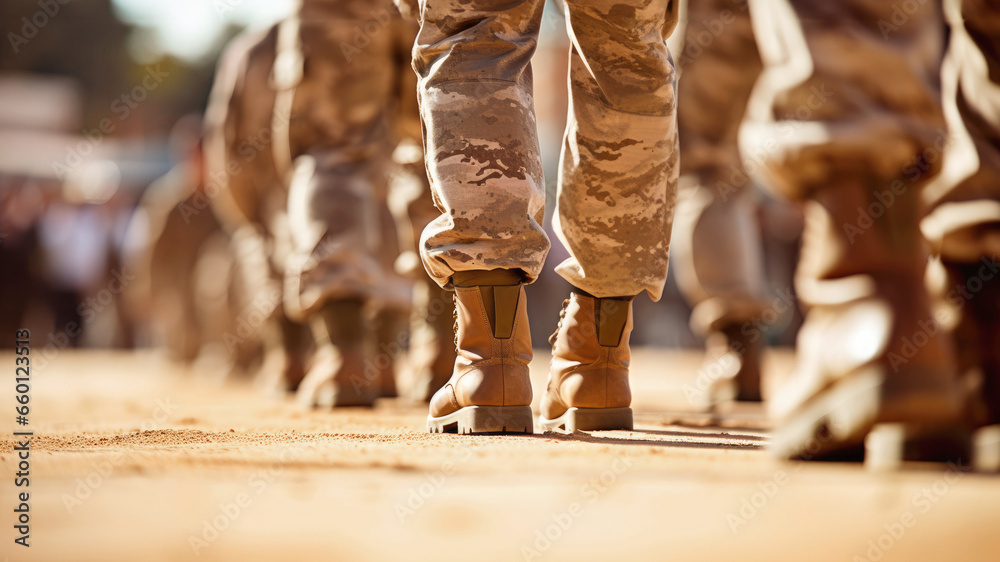Helping Your Family Cope When Disaster Strikes

Podcast: Play in new window | Download
Disaster strikes. The grid goes dark. Infrastructure stops. Your kid goes from eating waffles on the couch to hauling buckets of water up the stairs. Your spouse is trying to cook dinner on a camp stove while rationing batteries. And you’re looking around, trying to figure out how to keep everyone moving forward when the world just hit the pause button.
That’s the kind of shift families face in any serious disaster — whether it’s a hurricane grinding the coast or a blackout with no end in sight. And it doesn’t just test your preps. It tests your patience, your mindset, and your ability to lead while keeping your loved ones safe. There’s the crisis itself, and then there’s the emotional, mental, and physical stress that comes with it.
Dustin from South Carolina wrote in and asked something I wish more people would think about ahead of time:
“How do I help my family cope with the mental and physical impacts of disaster scenarios?”
Let’s break it down into real, actionable areas: mental adjustment, physical resilience, tech withdrawal, and steady leadership.
Quick Look at What You’ll Learn
1. Mental Adjustment: New Normal, Same Family
Kids take their cues from their parents, while the unprepared often take cues from the prepared. If we let the gravity and possible chaos of a disaster or emergency hijack our minds, they will too.
That doesn’t mean sugarcoating things. It means that you, as the prepared one who leans into being ready for your loved ones, have a higher standard of action. It means you need to create stability inside the instability of a crazy situation.
- Name it. Normalize it. Give the situation a name: “This is the Power Outage,” or “This is the recovery phase.” When you name it, it becomes a single chapter, not a never-ending spiral.
- Maintain routines, even in ruins. Bedtime routines. Chores. Family meals and other routines are anchors for kids—for all of us. Maintaining repeatable and familiar activities and responsibilities so that the situation seems as normal as possible.
- Use simple language. Be honest, but age-appropriate. “Things are different right now, but we’re together, and we’re figuring it out. We’ll be alright. Let’s have fun with it.” That’s a powerful message.
- Let them help. Give your kids roles to help keep them occupied, such as a door lock checker or a pet helper. Responsibility also builds confidence, which helps with remaining calm. Let them be part of the team, not just passengers. And make space for them to talk about their feelings without brushing them off.
- Let them talk. Be available for them to talk about their feelings without interrupting them, shutting them down, or brushing them off. Their feelings matter right now, as they try to make sense of this craziness in their heads. They’re working through it in their own mind. How you handle this now, and the patience you show, may help them deal with difficult situations for the rest of their lives.
2. Physical Stamina: When the Labor Gets Real
Most people live lives that don’t require a lot of physical labor. However, in a crisis, everything can become more challenging and more critical. Depending on the severity of the situation and the duration of the problems, you may need to haul water and clear debris. Depending on the passability of roads or the condition of your vehicle, you could find yourself walking farther than usual.
You don’t need to train your kids like Army Rangers. But you do need to start shifting them (and yourself) toward a more physically capable lifestyle.
- Build physical resilience now. If you haven’t been active in a while, start by taking short walks a few times a day. Get up and get moving. If you’re farther along, consider taking weekend hikes. Carry heavy things up and down your driveway. If you have a yard, get out and work in it for a while. Bending over to pull weeds, pushing a broom or mower, or using a weed whacker and blower can count as a workout—especially if you get after it. Working in the yard can be great family time. Frame it as such.
- In a disaster, work smart. Take breaks. Hydrate. Protect hands and feet. Don’t push to the point of injury. Burnout doesn’t help anybody. Nor does it mean becoming beaten up, injured, and unable to work. Don’t be a meat head. It’s your job to keep an eye on who’s doing what. Who’s poking at blisters and hot spots? Whose walking a bit crooked because they jacked their back? Who needs a mental break?
3. Tech Withdrawal: When the Screens Go Dark
This is definitely a modern-day problem because it exposes just how much people are addicted to their screens. Kids, teens, adults—it doesn’t matter. Many of us have built our days around notifications, videos, and mindless scrolling. So if that screen goes dark, it can feel like a piece of normality vanished into thin air. For kids especially, the sudden shift can trigger frustration, nervousness, or even full-on meltdowns.
Hopefully, you’ve prepped for this with the ability to recharge tablets—and play games and watch movies offline. If not…
- Expect them to struggle. If your kids get moody, anxious, or bored without tech, that’s normal. They’re dealing with an addiction. They’ve had screens in their hands most of their lives. This is a huge adjustment.
- Have real backups. Board games. Card decks. Coloring books. Quiz books. Real books. Instruments. Puzzles. Sketch pads. Think and plan like it’s 1984—before big-tech embedded itself in our lives.
- Involve them in real tasks. Let them help with cooking, cleaning, planning, and problem-solving. Give them jobs that matter. It keeps their minds busy and shows them they’re needed.
4. You Are the Anchor
If you appear calm, capable, and consistent, your family will find strength in that. You don’t need to know everything. You just need to be present and steady. Notice that I said “appear.” It’s perfectly okay to have an internal freakout once in a while. I’d say to expect them. The point is not to show it to others. If you need to blow off some steam, do it with a trusted source out of sight and earshot of others. An important part of your role as the prepared person is to set the example. Muster your internal General Patton of the apocalypse, and you’ll be on the right track.
- Model flexibility and purpose. “We’ll handle what’s in front of us.” Use the situation as a teaching and learning opportunity. Show them the benefits of being adaptable while maintaining their composure.
- Keep your expectations realistic. Don’t expect everyone to hold it together all the time. A disaster is called a disaster for a reason, and it’s not a good one. So, people are going to have bad moments that sometimes stretch out. Give grace. Give structure. And give them you.
- Have a “one thing” mindset. Try to focus on one thing when things are hectic, stressful, or both. One meal. One task. The next step forward. The next thing to keep you going. Then do it—do the next thing.
- Teach attention to detail. Paying attention to the details is important in the best of times. It’s even more critical during a crisis. The small things matter—hand washing, food prep, safety checks, and equipment maintenance. Precision and care help prevent accidents, conserve resources, and maintain people’s health. Show your family how noticing the little things makes a big difference.
The Bottom Line
Disasters don’t just challenge your preps in the ways most people think. They challenge your relationships. They test your patience, your family dynamic, and your ability to lead when things suck and it’s hard.
But with the right mindset, clear roles, steady routines, and some grace for yourself and others, you can guide your family through even the toughest of times. If you can keep your people focused, involved, and moving forward—even when the lights are out and nothing works right—you’re doing the job. That’s the win.
It may not be easy. However, by prepping, staying focused in the moment, and diving into the task at hand, you can make it happen.
Additional Resources
📌 Next StepsTake five minutes to do a gut check on your current setup:
- Do your kids know what to do when the lights go out?
- Are your routines flexible enough to hold during a crisis?
- Who would struggle the most in your household—and how can you support them better?
- What’s one habit you could build now to make everyone more resilient later?
Pick one and do something about it today. Not next week. Not someday. Today. Because the first step isn’t prepping gear—it’s preparing people.
Read the full article here









